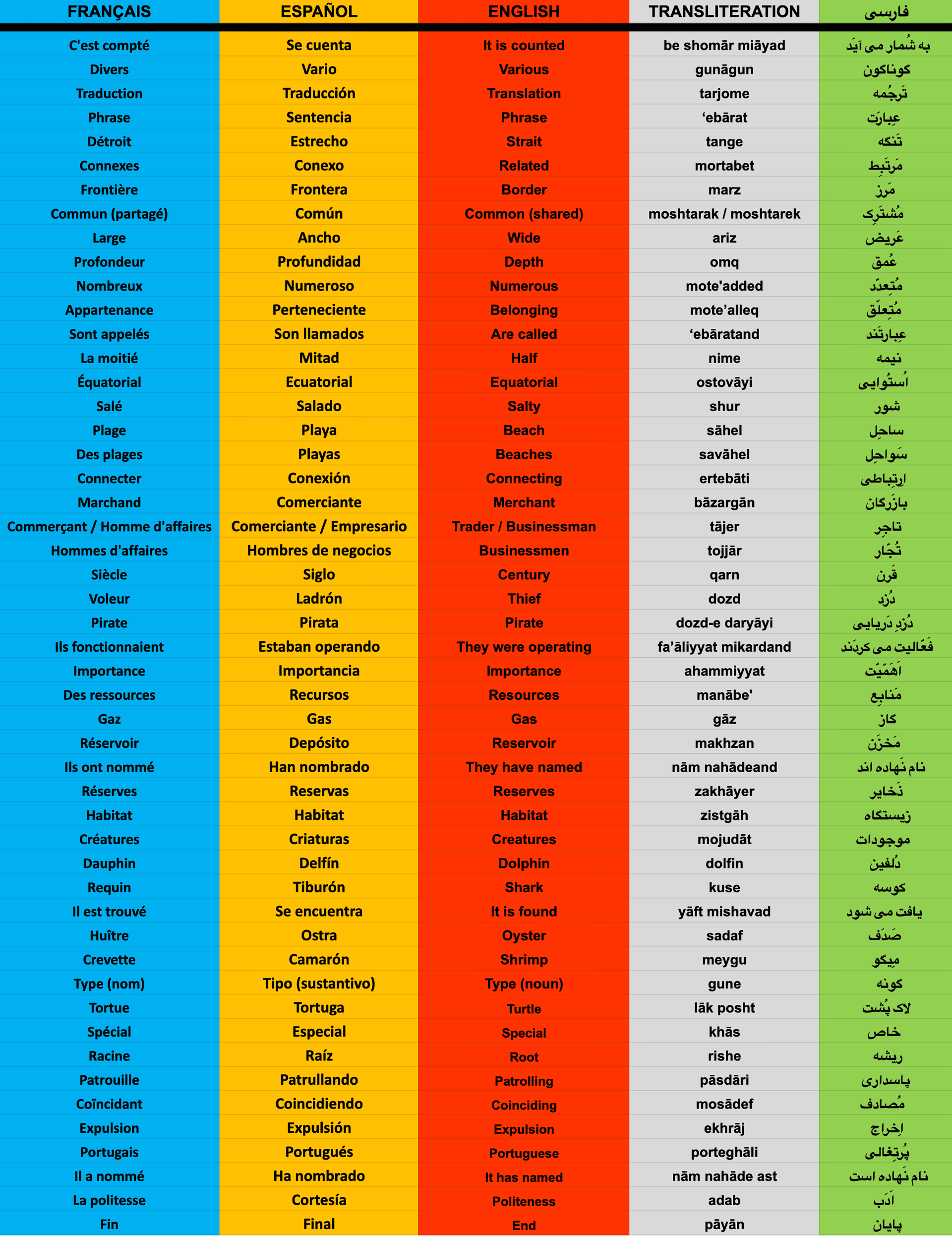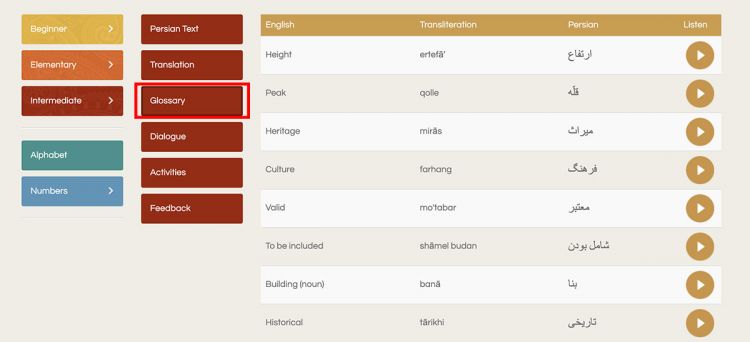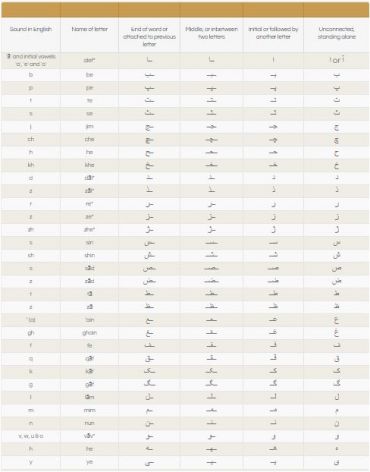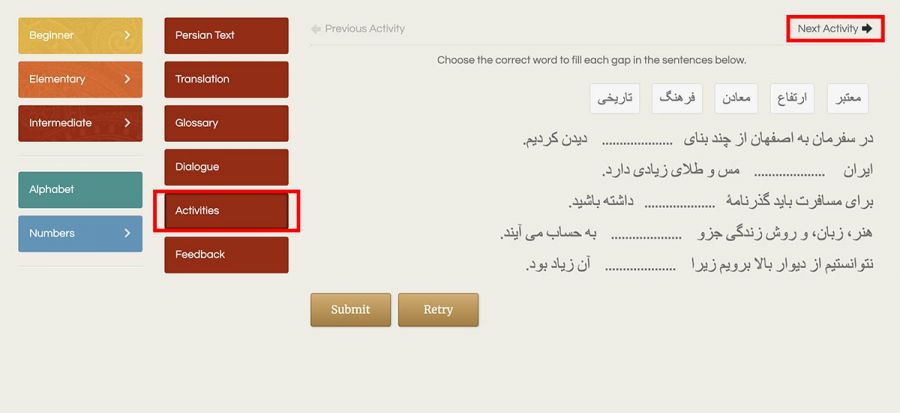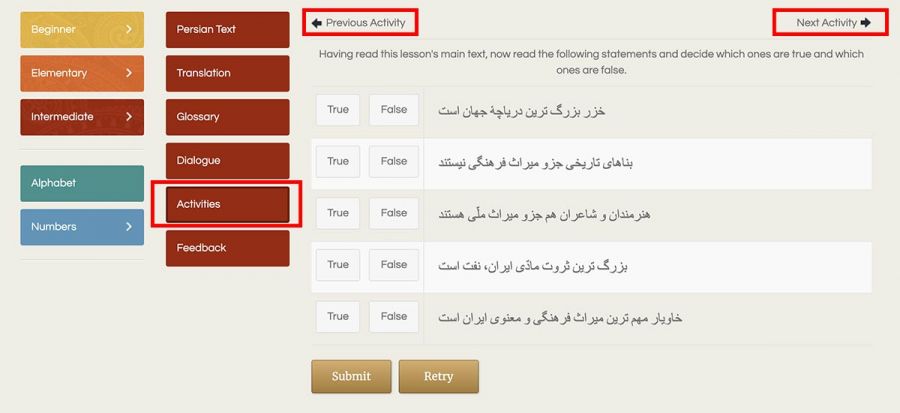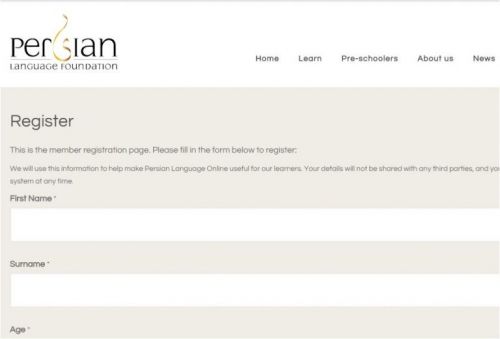
Project 6060 – Lesson 43
EN
FR
ES
FA
-
EN
Lesson 43
The Persian Gulf
***
Translation
The Persian Gulf is situated to the south of Iran and, after the Gulf of Mexico and Hudson Bay, it is counted as the world’s third largest gulf. Historically, it has been known as the Persian Gulf or the Persian Sea and even in various other languages translations of these two phrases are used to name this Gulf. The official name of this gulf is also the ‘Persian Gulf’ in all international organisations.
This Gulf links to open water by means of the Hormuz Strait and the Gulf of Oman. Amongst the Persian Gulf’s neighbouring countries, Iran shares the largest amount of aquatic border with the Persian Gulf.
The Persian Gulf is about 805 kilometres in length, its widest section spans 290 kilometres, and it is between 10 and 93 metres in depth. The Persian Gulf has numerous islands and more than 30 of these islands belong to Iran. The most important of these are called: Qeshm, Kish, Kharg, Abu Musa, Greater Tunb, Lesser Tunb, and Lavan Island.
The weather in the Persian Gulf is dry and subtropical and in Summer, the air temperature reaches 50 degrees centigrade. The water in this gulf is very salty and one can swim with ease in its beaches.
The Persian Gulf is the biggest and most important hub between the continents of Europe, Africa and Asia in the Middle East region and has, since long ago, had the attention of world powers and also businessmen and traders of the world. You might be surprised to know that from the 18th until the 19th century, they called some of its southern beaches pirate beaches because Pirates of the sea carried out their activities there.
More of the Persian Gulf’s significance is due to the fact that its waters and beaches are replete with sources of oil and gas, such that this area has been named ‘the world’s oil reservoir’. This region contains more than half of the world’s oil reserves.
The Persian Gulf is one of the largest habitats of sea creatures like different types of fish, dolphins, whales, sharks, oysters and shrimp and more than 150 different types of fish are found in this gulf. 5 varieties of the 7 varieties of turtles that exist in the world also live in the waters of the Persian Gulf and the Gulf of Oman.
One of the highlights of this Gulf is the mangrove forests, close to Qeshm Island. This is the only forest in salt water, which is underwater by night and brings its head out of water in the day, and comprises special types of trees, the roots of which turn salt water fresh and pass it to the tree.
In order to recognise the spiritual and cultural legacy of the Persian Gulf, the Iranian government named the 10th of Ordibehesht (30th of April), which coincides with the expulsion of the Portuguese from the Hormuz Strait, as national Persian Gulf Day.
-
FR
Leçon 43
Le golfe Persique
***
Traduction
Coming soon
-
ES
Lección 43
El golfo persa
***
Traducción
Coming soon
-
FA
درس چهل و سوم
خلیج فارس
***
متن فارسی
خلیج فارس در جنوب ایران قرار دارد و پس از خلیج مکزیک و خلیج هادسون سوّمین خلیج بزرگ جهان به شمار میآید. نام تاریخی آن خلیج فارس یا دریای پارس بوده است و حتّی در زبان های گوناگون ترجمۀ همین دو عبارت را برای نام این خلیج استفاده کرده اند. همچنین در تمام سازمانهای بینالمللی نام رسمی این خلیج، «خلیج فارس» است.
این خلیج توسط تنگۀ هرمز به دریای عمان و از طریق آن به دریاهای آزاد مرتبط است. از بین کشورهای همسایۀ خلیج فارس، کشور ایران بیشترین مرز آبی مشترک را با خلیج فارس دارد.
طول خلیج فارس حدود ۸۰۵ کیلومتر و عریض ترین بخش آن ۲۹۰ کیلومتر و عمق آن بین ۱۰ تا ۹۳ متر است. خلیج فارس جزایر متعدّدی دارد و بیش از ۳۰ جزیره در آن متعلّق به ایران است. مهم ترین آنها عبارتند از: قشم، کیش، خارک، ابوموسی، تنب بزرگ، تنب کوچک و لاوان.
آب و هوای خلیج فارس خشک و نیمه استوایی است و در تابستان دمای هوا گاهی تا ۵۰ درجۀ سانتی گراد میرسد. آب این خلیج بسیار شور است و می توان در سواحل آن به راحتی شنا کرد.
در منطقۀ خاورمیانه، خلیج فارس بزرگ ترین و مهم ترین مرکز ارتباطی بین قارّۀ اروپا، آفریقا و آسیا است و از زمان های بسیار دور مورد توّجه قدرتهای جهانی و هم چنین بازرگانان و تجّار دنیا بودهاست. شاید تعجّب کنید که در قرن ۱۸ تا ۱۹ به برخی از سواحل جنوبی آن ساحل دزدان می گفتند زیرا دزدان دریایی در آنجا فعالیت می کردند.
بیشتر اهمیّت خلیج فارس به خاطر این است که آب ها و سواحل آن سرشار از منابع نفت و گاز است به طوری که این منطقه را «مخزن نفت جهان» نام نهادهاند. این منطقه بیش از نیمی از ذخایر نفت جهان را دارد.
خلیج فارس یکی از بزرگ ترین زیستگاههای موجودات دریایی مانند انواع ماهی، دلفین، نهنگ، کوسه، صدف و میگو است و بیش از ۱۵۰ نوع ماهی متفاوت در این خلیج یافت میشود. همچنین ۵ گونه از ۸ گونه لاک پشتهای موجود در جهان در آبهای خلیج فارس و دریای عمان زندگی میکنند.
یکی از دیدنی های این خلیج، جنگل های حرا نزدیک جزیرۀ قشم است. این تنها جنگل در آب های شور است که شب ها در زیر آب است و روزها سر از آب بیرون می آورد و دارای انواع خاصّی درخت است که ریشۀ آنها آب شور را شیرین می کند و به درخت میدهد.
برای پاسداری از میراث معنوی و فرهنگی خلیج فارس، دولت ایران روز ۱۰ اردیبهشت ماه (۳۰ آوریل) را که مصادف با اخراج پرتغالیها از تنگۀ هرمز است روز ملّی خلیج فارس نام نهاده است.
DIALOGUE
DIALOGUE
DIÁLOGO
مُکالِمه
-
EN
Translation of Dialogue
Maryam: Why is the Persian Gulf important?
Bahman: ‘Cause it’s got huge sources of oil and gas.
Maryam: What kind of fish are there near to Qeshm Island?
Bahman: Varieties of fish, sharks, whales, dolphins. By the way, have you seen the mangrove forests?
Maryam: Not yet. Can we go now and see?
Bahman: No, because it’s night now and the trees are underwater. Tomorrow morning they’ll come out from underwater and we can see them. -
FR
Traduction de Dialogue
Coming soon
-
ES
Traducción de Diálogo
Coming soon
-
FA
متن فارسی مُکالمه
مریم: چرا خلیج فارس مهمّه؟
بهمن: چون منابع نفت و گاز زیادی داره.
مریم: چه ماهیایی نزدیک جزیرۀ قشم وجود داره؟
بهمن: انواع ماهیا، کوسه، نهنگ، دلفین. راستی، جنگلای حرا رُ دیدی؟
مریم: نه هنوز. می شه الان بریم ببینیم؟
بهمن: نه، چون الان شبه و درختاش زیر آبه. فردا صبح از زیر آب بیرون میآد می تونیم اونا رُ ببینیم.
